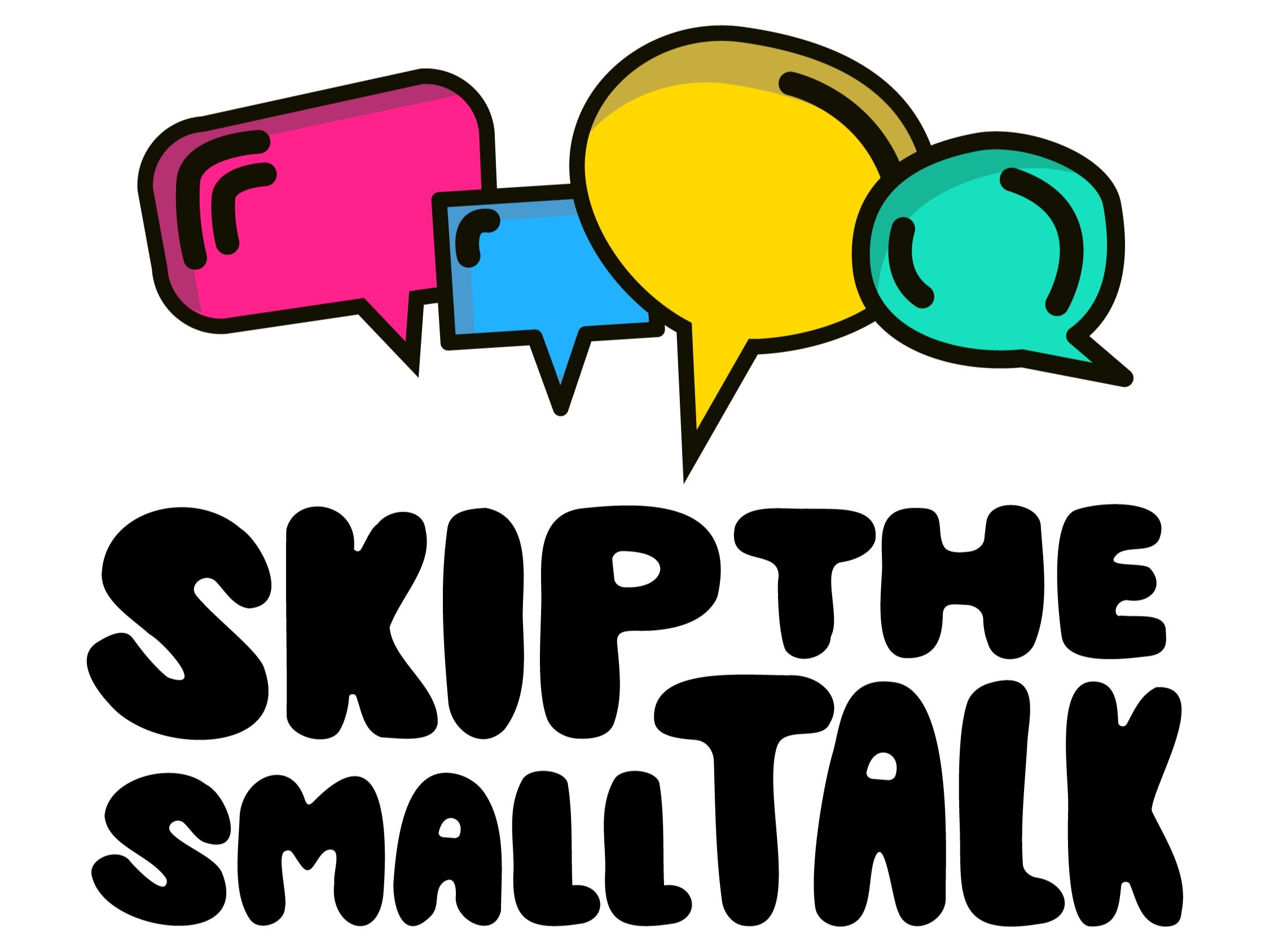How to Break Up With Your Phone
Welcome to the age of the Screenager. Communication. Work. Shopping. Dating. The things we used to do in person are moving online. If you’re experiencing screen fatigue, you’re not alone! Some studies estimate that the average screen time for adults across the globe has risen as much as 60-80% from pre-pandemic levels, half of which can be attributed to increased social media use. And from depression and anxiety to eye strain, focus, and sleep, too much time online has the potential to detrimentally affect our mental health. You don’t have to throw your phone in the ocean (a lá Lorde) to improve your relationship to technology. Read on for a list of strategies to take your mind off your phone and back into the world… after you finish this article!
Ditch Your Phone
No, seriously. When was the last time you went somewhere without your phone? It might be hard to believe, but there was a time when people weren’t accessible to one another 100% of the time. Next time you run errands, read a book, go for a walk or a hike, turn off your phone. If it’s safe too, consider leaving it somewhere else entirely. It’s tough at first, but eventually you’ll find yourself less distracted and more attuned to the task or activity at hand.
Track Your Screen Time…
If quitting your phone cold turkey isn’t an option, you can start with figuring out what you’re using your phone for. If you’re an iPhone user, you’ve already encountered “Screen Time,” a feature that tells you how much time you’re spending on your phone every day and how you’re using that time. It also allows you to set time limits for different apps, which notify you and freeze the app once you’ve hit your daily quota. Using built-in screen time features on your phone is a quick and easy way to better understand your technology use and take the first step towards winding it down. For more information, you can check out these helpful guides from Apple and Android.
…And Shut it Down
As with any habit, limiting screen time is easier said than done. The software above allows you to set limits on apps, but you can ignore or delete those limits at any time, an especially enticing option when you’re already mid-scroll. For those of us who are strong of purpose but weak of will, more drastic measures can be taken. Apps like Freedom, AppDetox, and Off the Grid allow you to set irreversible limits to apps and websites for set periods of time. These are great tools not only for daily use, but for limiting distraction while working on important tasks or meeting deadlines. In other words, no distractions and no takesies-backsies!
Say No to Notifications
You’re working. You’re reading. You’re talking to a friend. You hear a chime. You feel a buzz in your pocket. It’s taking everything in you not to reach for your phone and see what it is — and if you’re like most people, you’ve already given up. Some notifications are important: alarms, messages, news alerts. Others are less so: Instagram likes, Candy Crush offers, new recipes from your cooking app. Still, it isn’t easy to resist the lure of something new, even if only to read it, dismiss it, and put your phone back down. Limiting notifications, for example to messages and calls, will make your phone feel less like a treat and more like a tool. Keep ‘em for what you need and ditch ‘em for what you don’t. Your brain will thank you for it!
Take a Social Media Break
Perhaps the hardest thing to resist on our phones is social media, a haven for communication, information, and validation. Social media connects us to friends, family, and news. It’s an ever-evolving depository of content — pictures, images, opinions, jokes, memes — 24 hours a day, 7 days a week. There’s always something new to see. And don’t discount the FOMO. If everyone else is doing it, why wouldn’t you? But you can’t cut your phone use without cutting the social media cord. A break from social media can mean setting limits, temporarily deleting apps, or getting rid of your accounts entirely. Set a start and end day for your break and extend it if you can. The more time you spend away, the more you adjust to using those apps, and your phone, less. Ideally, if and when you do go back, you’ll do so with renewed ability to hold your focus somewhere else.
Beware Persuasive Design
The last and perhaps most important tool in breaking up with your phone isn’t action, it’s information! Ever heard the phrase “if you don’t pay for the product, you are the product”? The internet is a perfect case. Your phone isn’t organically addictive. It is designed to be addictive. It’s a dopamine machine! When we see notifications we want to click them. When we get “likes” we count them. When we see a post we like, we want to save it, share it, comment. The color of apps and their interfaces. The mechanics of scrolling and swiping. All these things fall under the umbrella of persuasive design, or design born out of scientific research by tech companies on human attention and behavior. Apps and websites are hardwired to mirror how our brains work. Persuasive design equals more app use equals more advertising revenue and data mining. Thankfully, you are not powerless in the fight against persuasive design! While scientists and activists organize against persuasive design in tech, you can curb the appeal of your phone by doing things like turning off notifications or changing your phone’s color filter to grayscale. The more you understand the science behind your attachment to technology, the more success you’ll have breaking it down.
Good luck with ditching your phone - you got this!

